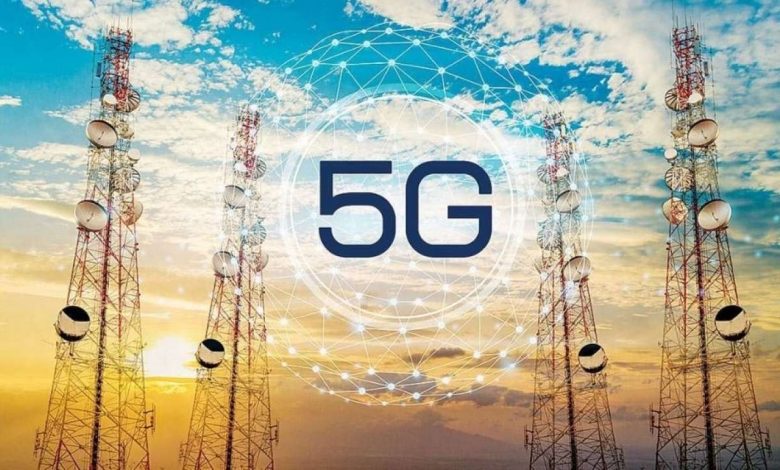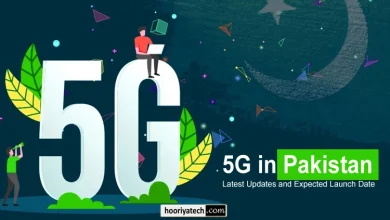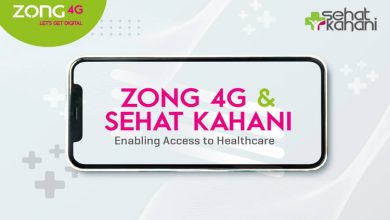Unleashing the Power of 5G Technology: Revolutionizing Connectivity in Pakistan

Introduction:
The world of telecommunications is buzzing with anticipation as 5G technology takes center stage. With its promise of faster speeds, lower latency, and enhanced connectivity, 5G has the potential to revolutionize various industries and transform the way we live and work. In this post, we will delve into the realm of 5G technology, exploring its functionality, features, and its impact on Pakistan’s telecom landscape.
What is 5G Technology?
5G, the fifth generation of wireless technology, is a leap forward from its predecessor, 4G. It is designed to offer significantly faster speeds, higher capacity, and lower latency, enabling real-time communication and supporting an extensive range of innovative applications. 5G technology encompasses a combination of advancements, including new radio frequencies, advanced antenna technologies, and network virtualization.
5G Technology in Pakistan:
In Pakistan, the excitement around 5G technology is palpable. The government and telecom operators are actively preparing for its deployment, recognizing its potential to fuel economic growth, improve public services, and transform industries. The Pakistani government aims to ensure the timely availability of 5G services, fostering a conducive environment for innovation and digital transformation.
How 5G Technology Works:
At its core, 5G technology relies on three fundamental components: higher frequency bands, massive MIMO (Multiple-Input Multiple-Output) systems, and beamforming. Higher frequency bands enable greater data capacity and faster speeds, while massive MIMO utilizes a larger number of antennas to increase network capacity and coverage. Beamforming allows the network to focus the signal directly towards the intended device, optimizing signal strength and efficiency.
Features of 5G Technology:
Lightning-Fast Speeds: 5G technology promises blazing-fast speeds, potentially reaching up to 10 gigabits per second (Gbps). This means quicker downloads, seamless streaming, and enhanced user experiences.
Ultra-Low Latency: Latency refers to the time it takes for data to travel between devices. With 5G, latency is expected to be reduced to as low as 1 millisecond (ms), enabling real-time communication for applications like autonomous vehicles, remote surgeries, and augmented reality.
Enhanced Capacity: 5G technology boasts higher network capacity, allowing a massive number of devices to connect simultaneously. This capacity boost opens doors for the Internet of Things (IoT) and smart city initiatives.
Improved Reliability: 5G networks are designed to provide improved reliability and seamless connectivity even in densely populated areas. This reliability ensures uninterrupted communication and supports critical applications like emergency services and remote monitoring.
Network Slicing: Network slicing is a key feature of 5G that enables the creation of multiple virtual networks within a single physical network infrastructure. This allows customized services tailored to specific requirements, optimizing efficiency and resource allocation.
Conclusion:
As Pakistan gears up for the advent of 5G technology, the potential for innovation and transformation is immense. With its faster speeds, lower latency, and enhanced capacity, 5G has the power to unlock new opportunities across industries, ranging from healthcare and education to transportation and entertainment. By embracing 5G technology, Pakistan can take a significant leap forward in the digital age, providing its citizens with a seamless and connected future.



